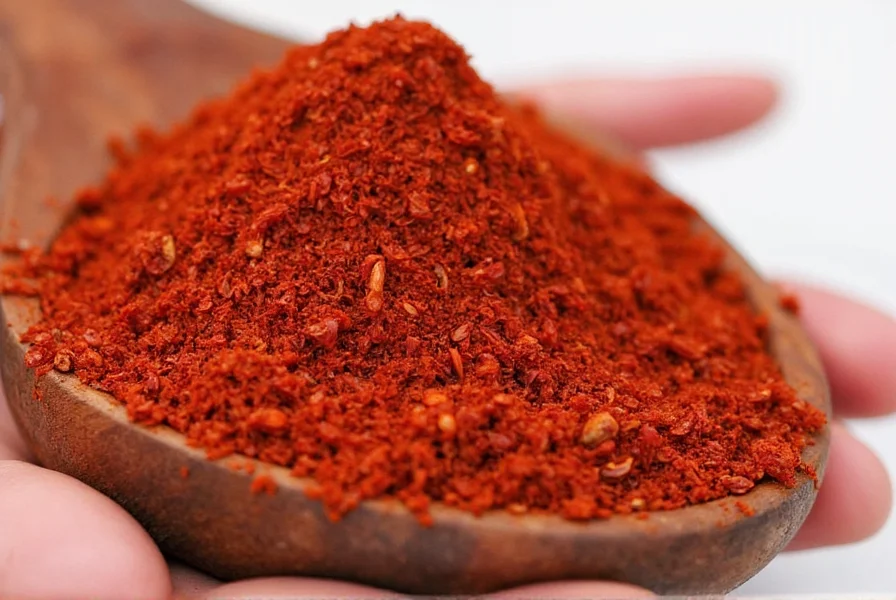Table of Contents
What Does 'Arbol' Mean in English?
The Spanish word "arbol" translates directly to "tree" in English. Therefore, "arbol chili" means "tree chili" in English. This name reflects the upright growth pattern of the chili plant, though technically it's a shrub rather than a tree.
Why Is It Called 'Tree Chili'?
While chilies don't grow on trees, the term "arbol" (tree) refers to the plant's sturdy, upright stems that resemble small trees. In Spanish-speaking regions, "chile arbol" is the common name for this specific variety of dried chili pepper, which has become widely recognized in English-speaking culinary contexts under its translated name.
Common Uses in English-Language Cooking
Arbol chilies are frequently used in English-language recipes for their vibrant red color and moderate heat (15,000-65,000 SHU). They're commonly added to salsas, hot sauces, and marinades to provide a smoky, grassy flavor profile. Unlike many other chilies, arbol peppers retain their distinctive taste even when dried, making them a staple in Mexican-inspired dishes worldwide.
Frequently Asked Questions
How do you pronounce 'arbol'?
"Arbol" is pronounced "ar-BOOL" (with emphasis on the second syllable). The "a" sounds like "father," and the "o" like "bore."
Are arbol chilies the same as cayenne peppers?
No. While both are hot chilies, arbol has a grassy, woody flavor with smoky notes, while cayenne is sharper and earthier. Visually, arbol chilies are thinner and more curved than cayenne peppers.











 浙公网安备
33010002000092号
浙公网安备
33010002000092号 浙B2-20120091-4
浙B2-20120091-4